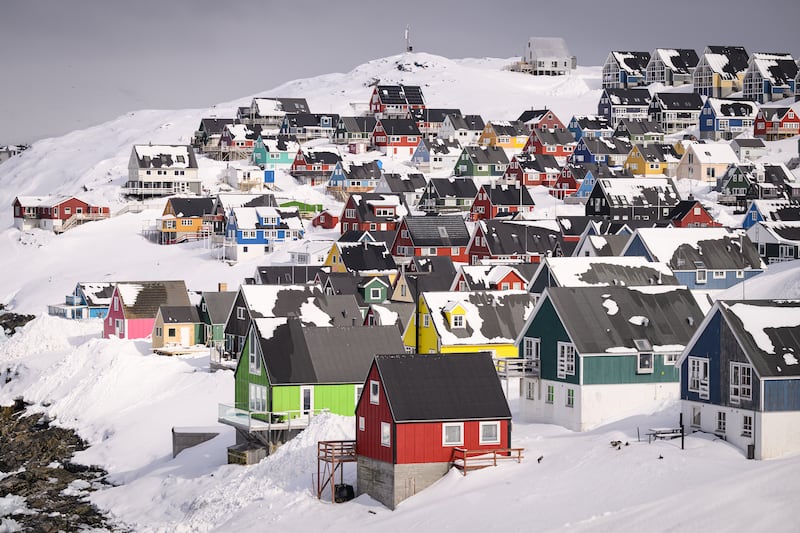A dense layer of smog has enveloped India’s capital city New Delhi and surrounding townships, leading to flight cancellations and diversions, rail delays, traffic jams and all-round disruption.
Visibility on city roads dropped to less than 50m on Thursday as Delhi’s air-quality index (AQI) deteriorated to the “severe” category of about 500, a value 10 times the pollution limit recommended by the World Health Organisation.
Medical specialists said such toxicity levels equated to smoking two packs of non-filtered cigarettes each day. The India Meteorological Department said Delhi’s air quality had degraded due to falling winter temperatures which, in turn, trapped dust and sand from construction projects, vehicular emissions, smoke from farm fires lit illegally in neighbouring Punjab and Haryana states, and lingering noxious residue from millions of firecrackers burst recently during Diwali or the Festival of Lights.
It warned that conditions were likely to imminently worsen due primarily to low wind speeds and the low possibility of rain. Environmental experts said this poisonous air exposed more than 34 million Delhi residents and another 55-odd million in adjoining National Capital Region cities, to deadly particulate matter known as PM2.5 and PM10.
These minute particles, less than 2.5 and 10 micrometres in diameter respectively, penetrate people’s lungs and pass into the bloodstream, and are linked to chronic bronchitis, lung cancer and heart disease. In a survey by the online LocalCircles community platform, 81 per cent of respondents across Delhi reported pollution-related health problems, while more than 50 per cent said they had resorted to inhalers and antibiotics to combat the fetid atmosphere.
[ Only seven countries meet WHO air quality standard, report findsOpens in new window ]
City residents were this week either staying home or venturing out with masks or with their faces enveloped in scarves and bandanas as makeshift protection against the foul air. Hospital wards too were steadily filling up with patients suffering from respiratory and cardiovascular ailments.
The sale of air purifiers has increased exponentially while thousands are fleeing Delhi for cleaner environs, which are increasingly difficult to identify. Adventure travel consultant Yusuf Zaheer said pollution had followed him some 400km into the Kumaon mountains north of Delhi, which were also engulfed in smog.
[ Delhi air pollution spikes to 100 times WHO health limitOpens in new window ]
Efforts by state and federal governments including the deployment of water-spraying trucks and drones across Delhi and banning the burning of coal and firewood have failed to eliminate the recurring severe pollution, as have other environmental measures decreed by Delhi’s high court to curtail pollution.
- Sign up for push alerts and have the best news, analysis and comment delivered directly to your phone
- Join The Irish Times on WhatsApp and stay up to date
- Listen to our Inside Politics podcast for the best political chat and analysis












